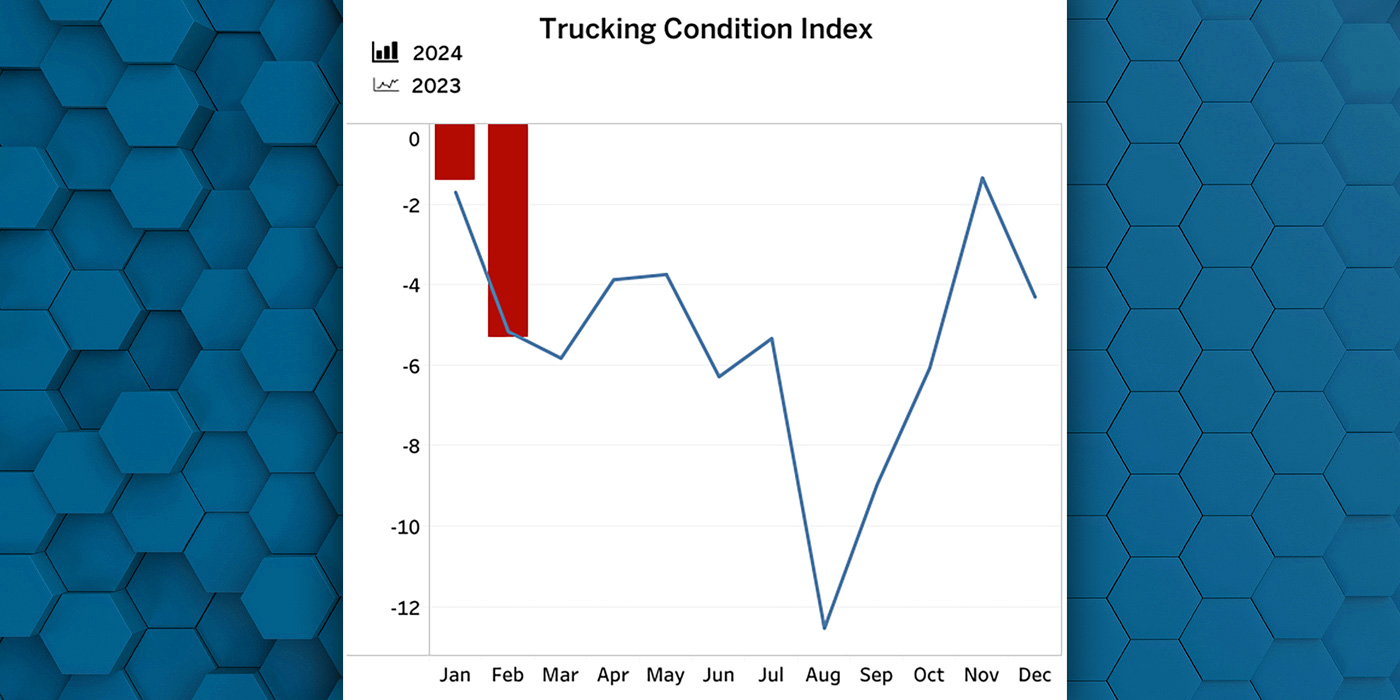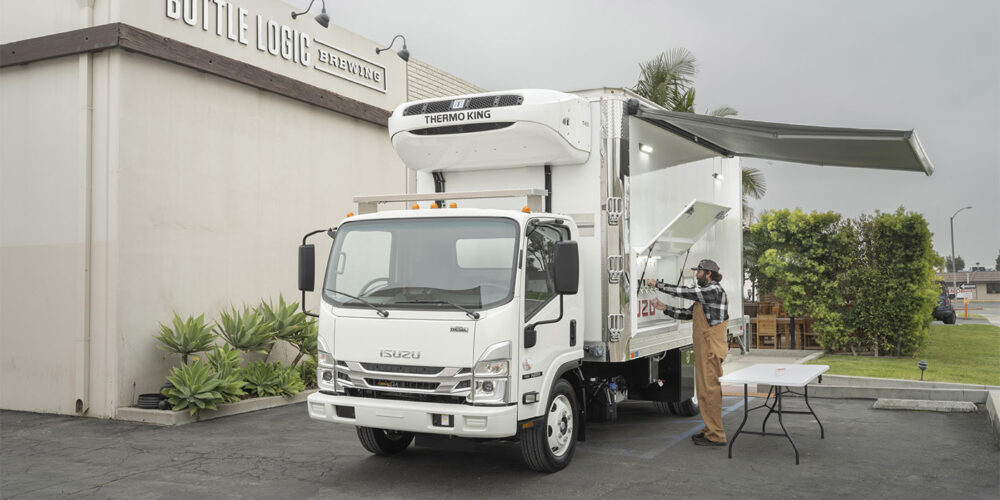Tire expenses continue to climb and are affecting every fleet’s bottom line. Both new and retread tire prices have increased double digits since 2011. Roadside service calls are more expensive. The cost of diesel is fluctuating within a range of $3.50 and $4 per gallon. All of these variables can determine whether your fleet has a successful quarter and year.
Initiating a serious tire program should involve an entire team. Drivers, mechanics, the local tire dealer, the road service provider and, of course, the vehicle maintenance department, all are instrumental in designing and implementing a fleet’s comprehensive tire program.
Establishing a baseline regarding tire performance is near the top of the list. For every different tire make and model that is running on each specific wheel position (steer, drive and trailer), the average treadwear measured in miles/32-in. of rubber, along with the average removal miles, must be established. This information is necessary for both new tires and retreads.
Generating this data often is a real challenge. Many fleets can usually determine the removal tire miles for steer and drive tires, however, trailer tire mileages are exceptionally difficult unless the trailer is equipped with a hubometer. This tire mileage baseline data is important when you are considering evaluating a new tire make or model. You simply cannot evaluate a new tire for your fleet unless you record the treadwear and removal miles delivered.
It is not only mileage information that is important when deciding which tires work best in the fleet; tire durability and fuel economy also are huge contributors to a successful tire program. When we talk about tire durability, we really mean a retreadable casing. If a fleet tire program’s goal is two retreads per casing, then work closely with the retreader to obtain casing data.
One question to ask is, “What percent of the casings submitted for retreading were retreaded successfully?” If a casing did not meet retread criteria, determine the exact cause that made it an exception. A retread success rate depends on understand why a casing did not meet the guidelines.
Tires can vary significantly when it comes to fuel economy. All tire manufacturers market both new tires and retreads that are more fuel efficient than their standard product offering. These tires may have a premium price, but if fleets can save even 1% or 2% in vehicle fuel expenses, they can more than overcome this premium.
Some fleets may be concerned that these fuel efficient tires have slightly less tire removal miles. When doing the return on investment analysis calculation, fleets can clearly see that improved fuel economy is a much larger contributor to reducing a tire budget versus the higher price associated with fuel efficient tires.
Talking with drivers about how tires are performing under a variety of loads, weather and routes is another great way of determining which tires are performing the best.
Technicians also are a good source of tire information. The goal is always to have tires worn smoothly and evenly. If there is uneven wear developing on specific tires and/or specific vehicles, technicians should let someone know. Improper vehicle alignment leads to early tire removals and can cost a company a lot of money.
When we talk about teamwork and tire programs, it is important to remember the roadside service provider. These people need to fully understand fleet guidelines about repairing and replacing tires. Make sure the tire policy is clearly spelled out and available on every service truck. Local commercial tire dealers provide a wealth of knowledge when it comes to designing and fine tuning fleet tire programs. These tire professionals work with fleets every day and know what works. Of course, they also know what fleets have tried in the past and found to be unsuccessful.
Taking advantage of all the knowledge within the fleet—drivers and technicians—plus roadside service providers and tire dealers is the key to ensuring that fleet tire programs are successful and that the tire budget stays in check.













